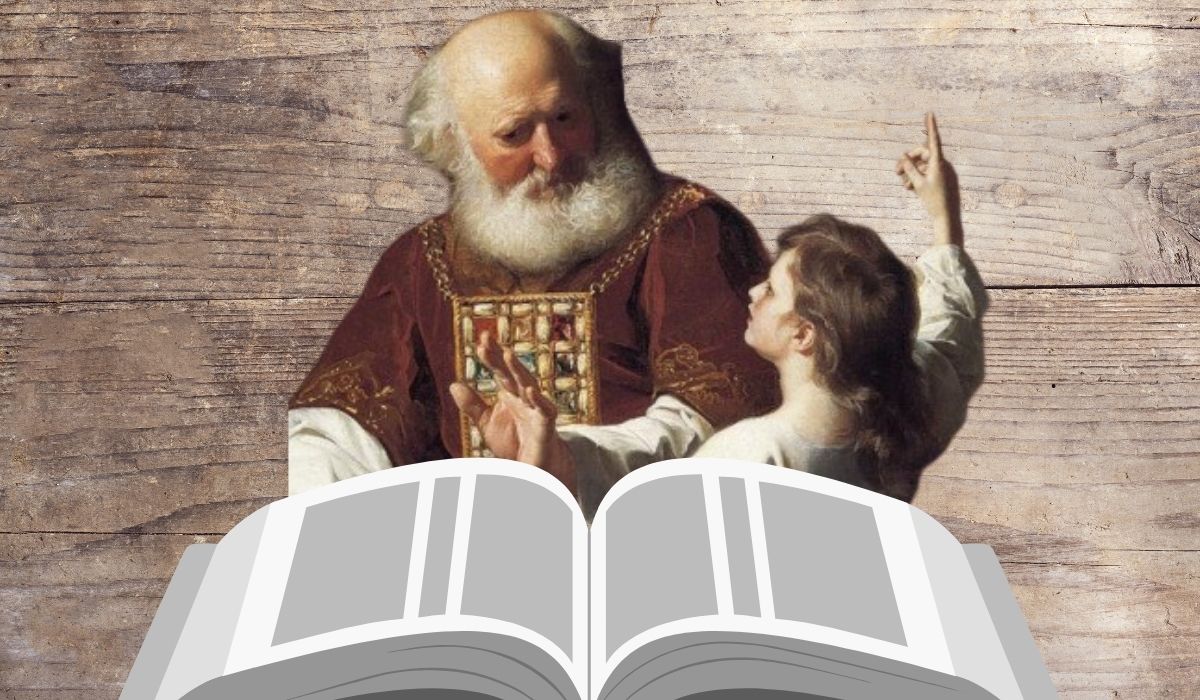 In the quest to understand the lesser-known figures in Biblical narratives, Atticus Aemilius emerges as a character of intrigue and inspiration, though not directly mentioned in the canonical texts. This article explores his speculated presence during Jesus’ time and his representation in various interpretations of Biblical stories. We will also delve into effective strategies for reading the Bible, providing a roadmap that fosters a deeper connection with its timeless teachings.
In the quest to understand the lesser-known figures in Biblical narratives, Atticus Aemilius emerges as a character of intrigue and inspiration, though not directly mentioned in the canonical texts. This article explores his speculated presence during Jesus’ time and his representation in various interpretations of Biblical stories. We will also delve into effective strategies for reading the Bible, providing a roadmap that fosters a deeper connection with its timeless teachings.
Who Was Atticus in Jesus’ Time?
Atticus Aemilius, though not mentioned in the standard Biblical texts, is often discussed in the context of historical fiction and speculative interpretations like the series The Chosen. Imagined as a Roman soldier stationed in Judea, Atticus could represent the countless unnamed individuals who might have encountered Jesus and witnessed His teachings and miracles. This exploration invites us to consider the impact of Christ’s message on those outside the immediate circle of disciples.
Atticus in “The Chosen”: Bridging Fiction and Scripture
The Chosen, a popular series, introduces Atticus Aemilius as a Roman soldier whose life is transformed by the teachings of Jesus. This portrayal helps bridge historical context with spiritual lessons, illustrating how diverse individuals could find faith. Through Atticus’ eyes, viewers experience a fresh perspective on the Gospel’s reach and its power to transcend cultural and military boundaries.
The Roman Soldier Who Believed in Jesus
Historically, the Gospels mention a Roman centurion who believed in Jesus’ authority, asking Him to heal his servant from afar (Matthew 8:5-13). This figure, while not named Atticus, exemplifies the kind of faith that Atticus Aemilius might have held. His belief, despite his position and cultural background, underscores a key Biblical theme: faith transcends all human barriers.
Did Atticus Believe in God?
While the Bible does not specifically name Atticus, his character type—whether in literary or dramatic adaptations—often wrestles with faith. This struggle and eventual belief mirror the experiences of many historical figures during the early Christian era who moved from skepticism to faith, highlighting the universal quest for divine truth and understanding.
Exploring Atticus Aemilius in Biblical Verses
While no specific verse references Atticus Aemilius, his conceptual presence encourages readers to seek hidden depths in familiar scriptures. Each passage about Roman interactions, from Pilate’s judgment to centurions witnessing the crucifixion, invites us to ponder the broader impacts of Jesus’ ministry.
Gaius and Matthew: Companions in the Text
Gaius, mentioned in several New Testament books, represents a tangible link to the early Church’s spread through Roman territories, possibly interacting with figures like Atticus in narrative interpretations. His connection with Matthew, the tax collector turned apostle, highlights the transformative power of the Gospel across different societal roles.
Reading the Bible: Where to Start?
To navigate the Bible’s profound depths, begin with the Gospels—Matthew, Mark, Luke, and John—which provide foundational insights into Jesus’ life and teachings. Progress to Acts to see the early church’s development, followed by the Epistles for doctrinal elucidation. The Old Testament offers historical and prophetic contexts that enhance understanding of New Testament revelations.
Conclusion: Finding Your Path Through Scripture
Atticus Aemilius, whether historical or fictional, serves as a vessel for exploring faith’s complexities and the Bible’s expansive reach. By engaging with both well-known figures and speculative ones like Atticus, believers and scholars alike can discover fresh layers of meaning and personal relevance in the Biblical narrative.











